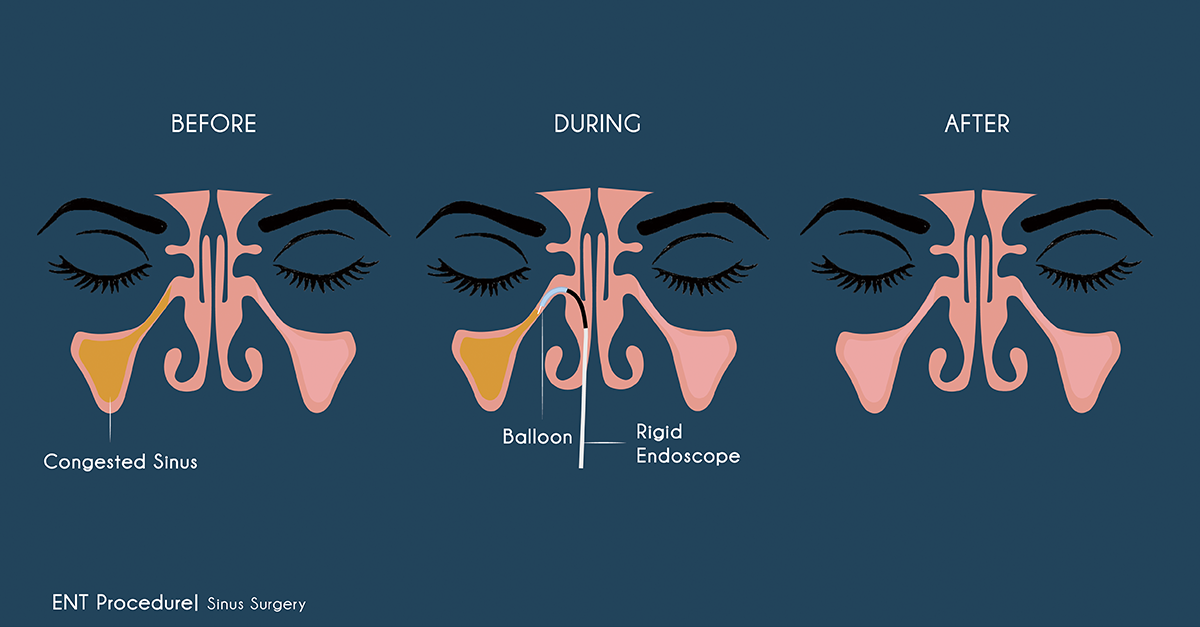ENT (Otorhinolaryngology)
Improve the quality of your life.
Common Diseases and Treatments
Sinus Problems
Sinuses are air-filled extensions of the nasal cavity, divided into four parts: frontal, ethmoid, maxillary, and sphenoid sinus. While their specific purposes are still being studied, researchers generally agree they help lighten the head's weight, support immune defense, humidify air, enhance voice resonance, and absorb external impact.
Chronic sinusitis occurs when sinuses remain inflamed for over 12 weeks. If symptoms persist despite medication, sinus surgery may be considered. Endoscopic sinus surgery involves inserting a small endoscope (less than 5mm in diameter) into the nostril to address issues like nasal polyps, tumors, and infections. Given the narrow and delicate nasal passage, 3D technology may aid surgeons in precise cutting and widening the visual field during the procedure. Here's how it works:
For more information, please contact your physicians.
Hearing Deterioration or Loss
Hearing deterioration and loss can result from various factors, categorized as congenital or acquired, including malformation, infection, trauma, and aging. Some individuals may not notice hearing issues initially, so regular check-ups with your doctors is important.
Myringoplasty and tympanoplasty are common surgeries conducted by ENT surgeons. Myringoplasty repairs holes in a ruptured eardrum using different types of grafts, while tympanoplasty involves implanting artificial ossicles (tiny bones in the ear that transmit air vibrations, enabling the processing of sound) to improve hearing. Integrating 3D technology in the ear canal may provide better vision to identify the nerve, aiding during the repair or implantation. Here’s an illustration demonstrating the concepts of myringoplasty and tympanoplasty:
For more information, please contact your physicians.


